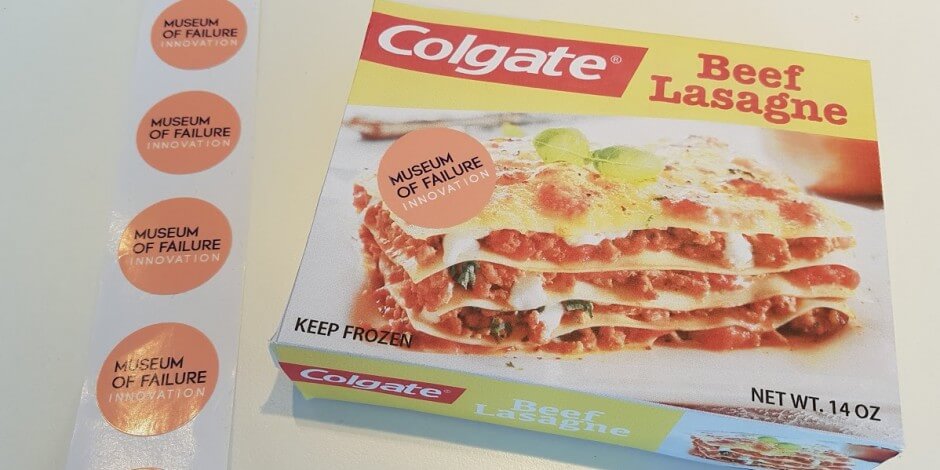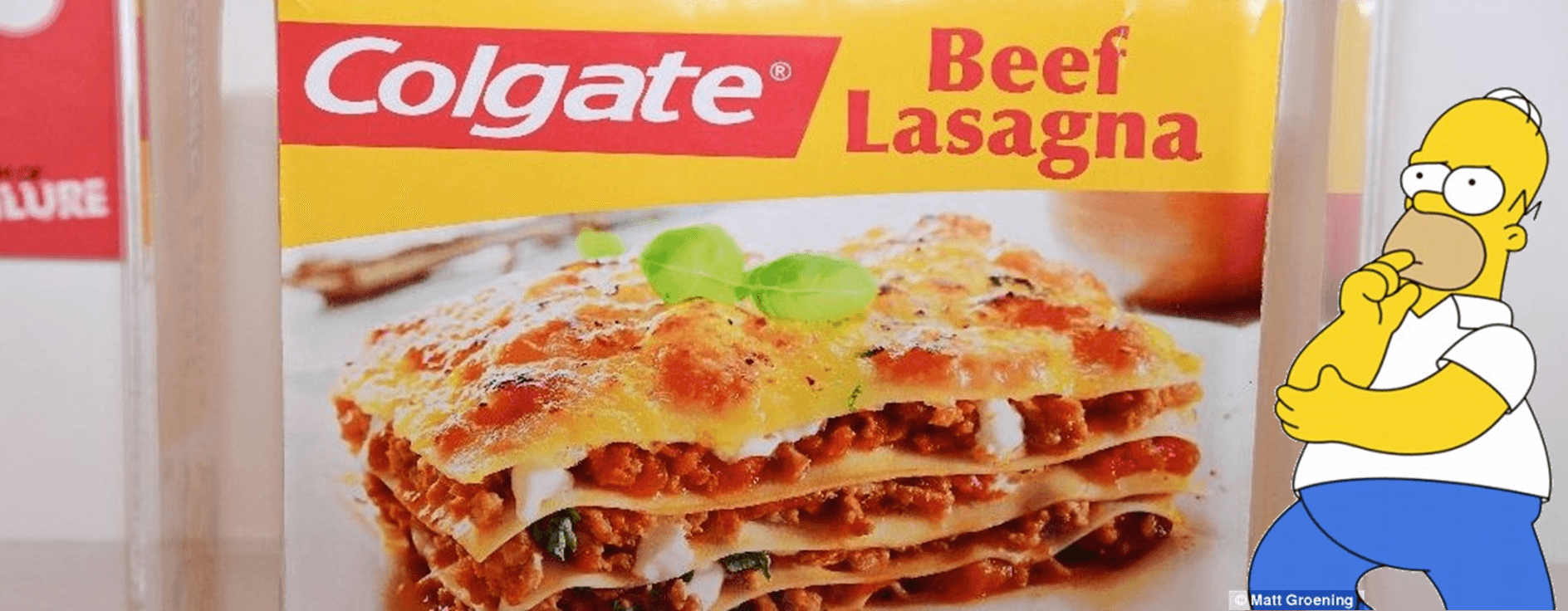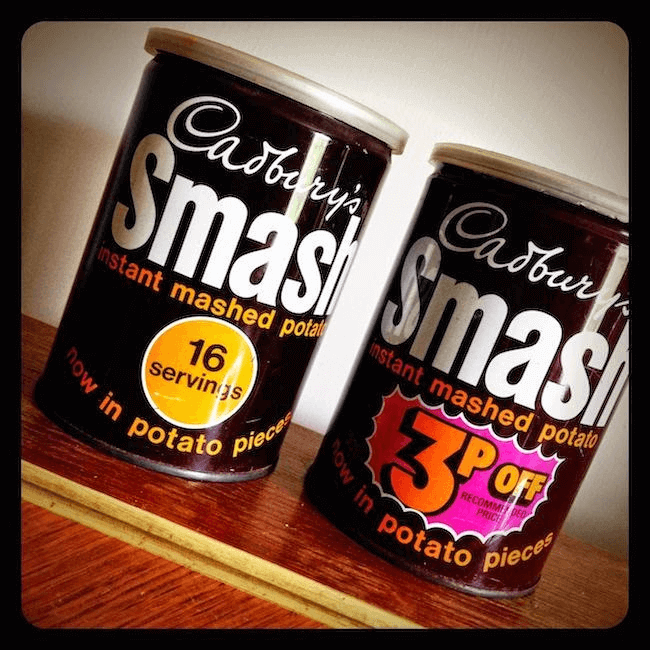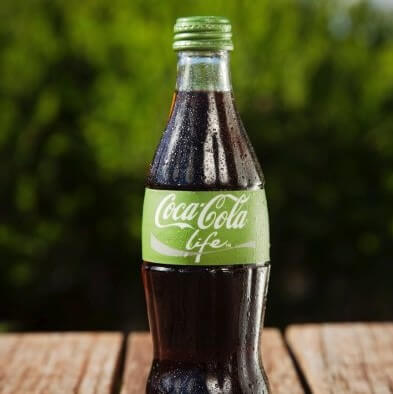
Thinking About Brand Extension? Learn What NOT To Do From Colgate’s Beefy Failure!
Jerry Wallis
8 min read

It’s natural for businesses to want to grow, but not all growth is created equal. When it comes to brand extension, branching out into new product categories, there are a few things you need to keep in mind if you don’t want your business to end up like Colgate’s lasgana.
In this article, we’ll take a look at the biggest mistake Colgate (and some other companies) made and how you can avoid them. So if you’re thinking about expanding your business, read on!
Branding is an important marketing strategy to ensure companies are well known, easily rememberable and relatable to their customers.
With digital marketing and media growing exponentially in recent years, it will become more difficult than ever to penetrate the market and compete with other companies.
Therefore, branding must work to appeal to all five senses of their customers – smell, hear, taste, touch and sight.
Good branding and market penetration also allow companies to engage in brand extension. The question is – Is it the right thing to do?
First, let’s define what brand extension is… 👇👇
“Brand extension or brand stretching is a valuable marketing strategy to help an established company launch a new product or break into a new product category. An established company can use its pre-existing brand equity, which relies on its loyal customers, to introduce a similar product that they hope customers will be receptive too.”
Transitioning into a new product by leveraging loyal customers can pay off big when it comes to entering into a new sector, as customers recognise the quality of your brand and are willing to pay a premium for it.
Therefore, meaning the company can charge a higher margin than competitors as they are producing goods for the same price but selling them for more due to their brand.
Unfortunately, it’s not that easy. There are well-known branding and brand extension mistakes that have cost companies, time, energy and the all-important dollar!
Let’s take a look at what they did.
Colgate® – A Brand Extension Failure ⚠️🤦♂️

Colgate® is best known for its toothpaste and health products, as well as being the first company to put toothpaste in collapsible tubes all the way back in 1896!
With an impressive list of successes over the last 200 years and a brand that focuses on only a few sectors, it’s hard to imagine that Colgate ever ventured too far into the unknown.
However, that couldn’t be further from the truth!
In the 1980s the ‘frozen dinner entree’ was gaining popularity with college students and housewives, as it provided a cost-effective and time-efficient means of preparing dinner.
The booming popularity of frozen dinners led to Colgate’s attempt to extend its brand and find a foot holding within the sector. With their established reputation and brand in the oral hygiene sector, Colgate thought they could easily connect the two sectors through brand extension.
Their reasoning, however, was not quite the same as the public’s as the frozen dinners failed to even reach the microwave.
When you think of Colgate, what is the first thing that comes to mind? Is it: minty and fresh? or, beefy lasagna? If you are like the majority of the population, you probably didn’t think of grabbing a Colgate beefy lasagna frozen dinner for your next meal!
The reason you don’t associate Colgate with anything outside of health products is that they have a well-established brand, that you can recognise by colour, logo and quality.
Colgate is still a successful company and is well situated to continue being a leading brand in the health products niche and has even used brand extension to break into the shampoo and deodorant markets.
However, when it comes to more adventurous endeavours, they have learned their lesson the hard way: People don’t want to think of minty fresh lasagna while eating!
Before we move on to highlight some more successful brand extensions, let’s take a look at some of our other favourites, ‘What were they thinking?’ brand extensions!
Breaking into a new market through brand extension is possible and extremely cost-efficient if done right. Let’s take another example to display how the process can work to help create a company worth over two-trillion dollars as of 2020.
Apple® – A Brand Extension Success 🖥️📈

Apple® is one of the most well-known companies in the world, wherein 2018, it provided smartphones to 45% of the total population in Australia! Although the brand is most known for its iPhone, it started out as a personal computer provider.
Apple is far ahead of the competition when it comes to providing expensive niche items to its loyal customers. Their customers associate the white colour, sleek design, and apple with a bite it, with high-quality professionalism that withstands time.
Apple has done a spectacular job at extending these features to all of its products. From computers to phones, and tablets to headphones, Apple has successfully engaged in brand extension to provide tech products for any situation.
Apple is well aware of its brand and what it stands for. Where many people saw Apple as a personal computer manufacturer, Apple understood that it and its brand represented a technology company that could extend itself into various tech items. That is why brand extension into iPads, watches, and even TV streaming services makes sense. Above all, Apple stuck with what they knew best, high class sleek looking technology.
Apple’s brand extension makes intuitive sense and we all understand the power of a brand by looking at them.
But, what if you want to break into a brand that may not be directly related to your company? You may want to look into a company that stretched its brand but continued to cater to the same audience.
Caterpillar® – A Brand Stretch Success ⚒️👷

Caterpillar® is best known for its large scale machinery for industrial purposes, it has recently begun stretching its branding to incorporate sectors that still apply to the same audience.
Caterpillar has begun selling clothes, shoes and even cell phones that are ‘built for it’ in their effort to stretch the Caterpillar brand.
The reason this approach was more successful than Colgate’s attempt is that Caterpillar was able to fill a gap within the market for industrial and construction workers.
By providing high-quality durable products, they were able to cater to a particular person that was already well aware of the brand and its quality.
Caterpillar has utilised brand extension to help grow its share in related markets all while continuing to serve the same clientele. With its slogan ‘built for it’ slogan, its loyal customers and construction workers around the world know what kind of product they are getting when they buy from them.
Moreover, the extension has helped them protect their already well-established share in the industrial equipment market by creating a line of textiles and phones that matches their indestructible quality.
Pros and Cons of Brand Extension 👍 👎
We have discussed the successes and failures of companies trying to engage in brand extension, now let’s highlight them more closely and their applications.
Pros
- Lower R&D, promotion costs and risks
- More recognisable and trusted brand with a loyal customer base
Cons
- Risk of moving away from the core brand and can end up diluting the brand image (Just like Colgate did)
- Risk of brand cannibalisation (Colgate’s frozen dinners actually hurt sales of their other products)
Applications
- It can help with increasing a company’s share in related markets (Caterpillar is a great example of this with their phones)
- Brand extension can help defend a company’s share in a market from encroachment by other competitors (Apple’s extension is a great example of this, as they have been able to ward off competitors)
To Extend or Not to Extend, That is the Question 🤔❓
Brand extension or brand stretching can be a useful mechanism to increase sales, decrease costs, and retain a loyal customer base across different markets.
However, as companies like Colgate have demonstrated, it’s not as easy as just deciding to start a new product line that you believe is relevant to your business.
Although it may make intuitive sense to you and your team, it’s always a good idea to search for suggestions and input from third parties to make sure you get unbiased answers and suggestions from them.
We at WEBO Digital love the idea of brand extension, but our passion lies in doing it right. It takes a lot of time, energy and money to begin producing another product.
Therefore, we suggest taking a little more time in planning and testing the idea first!
With your company, brand and reputation on the line, you should strongly consider if extending your brand or starting another brand is the best option for you and your company. Talk to us today!
Topics
Published On
December 14, 2020




